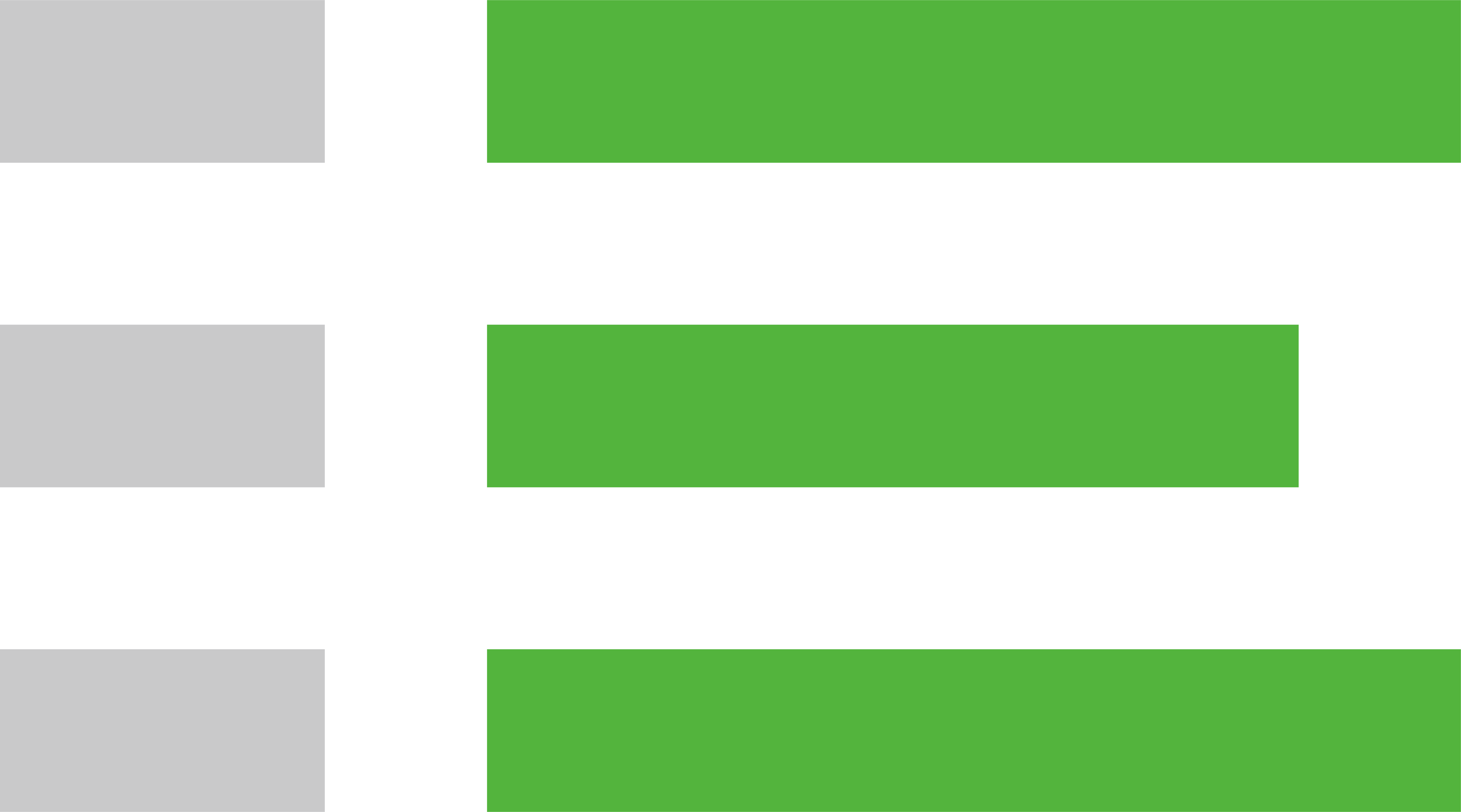- All
- Product Management
- News And Information
- Presentation
- Enterprise Branch
- FAQ
- Enterprise Video
- Enterprise Atlas
Solar Inverter Buyer's Guide 2023
Release time:
2023-11-20 00:00

The 2023 Solar Inverter Buyer's Guide reflects a sea change in the market, as manufacturers debut models that meet the smart inverter standards of UL 1741 and the PV Hazard Control testing of UL 3741. Meanwhile, more and more microinverters are emerging that make their case via boosted power output, handling multiple modules and hardening reliability. From hybrids that connect PV solar with batteries to souped-up string inverters that decentralize utility-scale arrays, there's a lot to consider.
Here is some buying advice from the product pros.
Service and support matter | The quality of an equipment manufacturer should be measured not only by the quality of their products but also the reliability of their service and support teams. Ensure that the modules, inverters, racking, and balance of system manufacturers you choose to work with have a history of supporting their projects in the field.
Complete solutions | This year, we see a tremendous focus on the importance of a complete solution for residential customers and with that, are putting emphasis on education, training and support that is needed to ensure a seamless experience for the end-user.
Off-grid, industrial-grade needs | Solar electric systems are increasingly attractive for industrial users and their critical remote powering needs. They'll be looking for the best OPEX in systems possible, and that requires components with long-term, "hands-off" reliability. Consequently, there will be a greater emphasis on high-quality, more dependable products and systems, and less on price sensitivity. Future systems will prioritize more secure control and communications features, using a number of industry protocols, for more seamless integration (benefiting installers) and operation (benefiting end users). Pre-configured systems require less installation time up-front and generally enjoy lower maintenance costs. We expect this trend to continue.
Installing for the long-term | Without extensive development and rigorous testing, these products can be prone to failure, costing solar installers time, money, and reputation. When installers make an investment in a PV system, they are investing in the quality of the manufacturer and their promise to stand behind their product. My advice would be to research and choose a reputable brand that has maintained a highly regarded name in the solar industry. When it comes to solar innovation, warranty, support and overall experience, installers should find a trusted company that is dedicated to providing not only quality products and technology, but also exceptional long-term service and solutions.
Planning for batteries | With new California regulations, the time is now to take steps to secure battery supply and to consider its impact on your overall workflow. A higher volume of battery projects will translate to a longer typical install.
A growing trend we expect to become much more prominent this year is for homeowners to buy PV+storage in combination. In California, the introduction of the NEM 3.0 Net Billing Tariff on April 14, and the state's subsequent transition to a self-consumption market, will mean that adding storage to PV systems becomes essential for homeowners who want a faster return on their investment. For traditional PV installers, these trends present an opportunity to significantly improve their business profitability. They should seek to offer a range of storage solutions that meet all need states – self-consumption, partial backup and full backup. They should also consider the factors that make installing batteries easier and more profitable for their business. For example, a battery that is quicker to install and commission will allow them to complete projects much more quickly, greatly improving their productivity.
Avoid delays | Supply chains are tenuous in 2023 as the solar energy industry is on a steep growth path. Don't over-promise with your customers.
News












